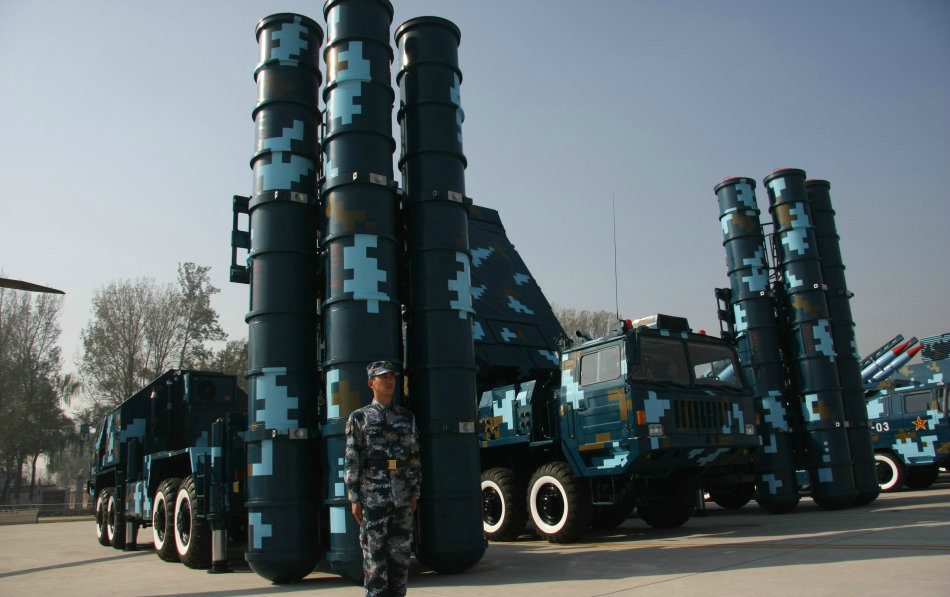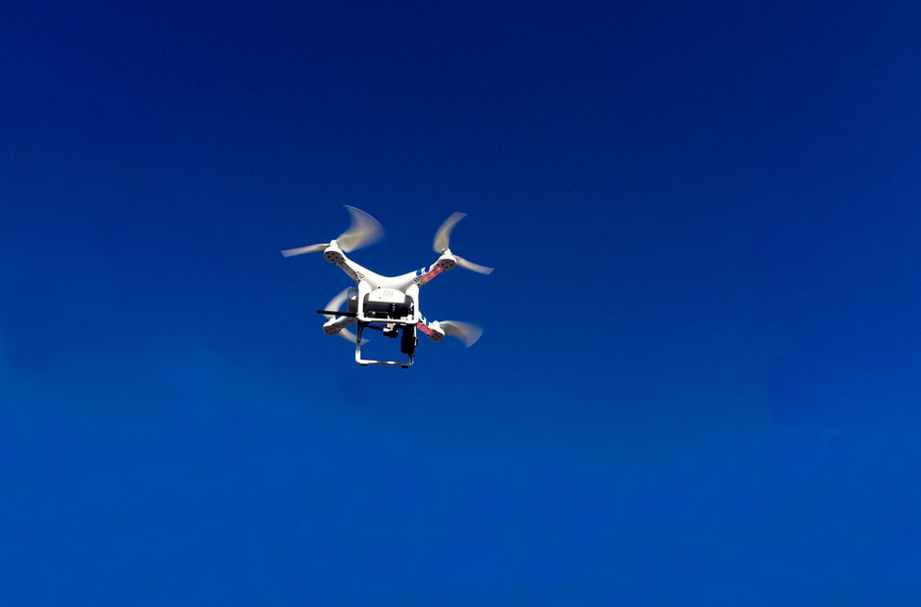China is looking to outperform U.S. military – with MORE long-range missiles
02/26/2020 / By Ralph Flores

The U.S. is considered by many as the “world’s only superpower,” mainly because of its economic, diplomatic and cultural influence, as well as its superior military might. It’s worth noting, however, that while many countries are well on their way to be called superpowers, no country is closer to challenging the U.S.’ unrivaled claim than China – especially when it comes to military might.
Defense Secretary Mark Esper even stated that China tops the Pentagon’s list of potential adversaries – his harshest rebuke yet of the communist country.
“The Chinese Communist Party is heading even faster and further in the wrong direction – more internal repression, more predatory economic practices, more heavy-handedness, and most concerning for me, a more aggressive military posture,” he said in an address to an international security conference in Munich.
A worrying weapon
According to Esper, while the U.S. does not want tensions to arise, he expressed his concern on Beijing’s roadmap for military modernization, which is expected to be completed as early as 2035.
“While we often doubt the transparency and forthrightness of Beijing, when it comes to their security aims, we should take the Chinese government at its word,” he added.
A key part of that aim is the country’s long-range missiles, which have been massively expanded under the rule of President Xi Jinping. The People’s Liberation Army Rocket Force (PLARF), the unit responsible for nuclear and conventional missiles, enjoys strong support from the ruling Communist Party. But despite playing a starring role in many of Xi’s military parades, the agency remains the opaquest branch of the military.
Currently, the PLARF has debuted expanded-range missile systems like the DF-31 and DF-41 intercontinental ballistic missiles (ICBMs), as well as the DF-17 – a hypersonic glide vehicle that can pose a major threat to U.S. forces in the Pacific region. When used with the DF-16 – a short-range ballistic missile with a range of 1,000 kilometers (around 621 miles) – the DF-17 can reach speeds of Mach 5 or faster, allowing to hit targets in regions like Japan, Korea and Taiwan with relative ease.
But the most worrying development in the PLARF is the missiles that it does not disclose. A report by Popular Science revealed that the number of missile brigades in the unit has jumped from 29 to 40 – a 35-percent increase – in just three years.
Among the missile brigades, however, the 644th brigade is the most intriguing, with available reports indicating this unit is more likely to be equipped with new missiles. Both the DF-41 and the DF-17 were first tested under this unit in April 2016 and late 2017, respectively. In addition, a closer inspection of the name reveals the unit title New Generation 1st Dongfeng Brigade, a possible indicator of its success in launching a hypersonic missile. These honorifics are often given to units to first achieve a major milestone — for instance, the 1st Conventional Brigade was the first equipped with a conventional missile, and the 1st Cruise Missile Brigade was the first to deploy a cruise missile. (Related: The escalation begins: Iran warns Israel will be “annihilated in half an hour” if the U.S. engages in kinetic attacks.)
Facing a looming threat
In comparison, the U.S. is just beginning to acquire its first hypersonic glide vehicles. The Pentagon awarded Dynetics and Lockheed Martin with contracts to develop 20 “common” hypersonic vehicles, fit eight with guidance systems and install them on four launchers. The contracts, worth a total of $700 million and awarded in 2018, could see the U.S. Army with its own HGV-launching unit as early as 2023.
The Trump administration is also looking to withdraw from the Intermediate-Range Nuclear Forces (INF) Treaty with Russia, accusing Moscow of breaching the agreement. Under the treaty, both countries are banned from deploying missiles with a range between 500 and 5,000 kilometers (3,418 miles). China has since criticized the announcement, with Foreign Ministry spokesman Geng Shuang saying that the INF Treaty should remain, given its importance in “safeguarding global strategic balance and stability.”
Geng, however, made no mention of PLARF in his statement.
Sources include:
Tagged Under: ballistic missiles, China, DF missiles, hypersonic vehicle glide, military, military tech, military weapons, weapons tech
RECENT NEWS & ARTICLES
COPYRIGHT © 2017 WEAPONSTECHNOLOGY.NEWS

















